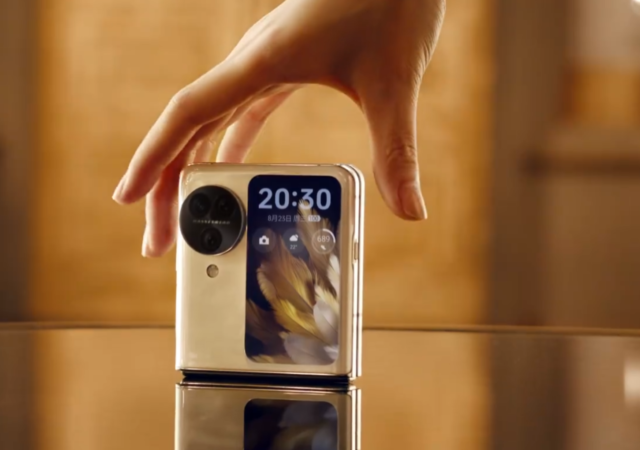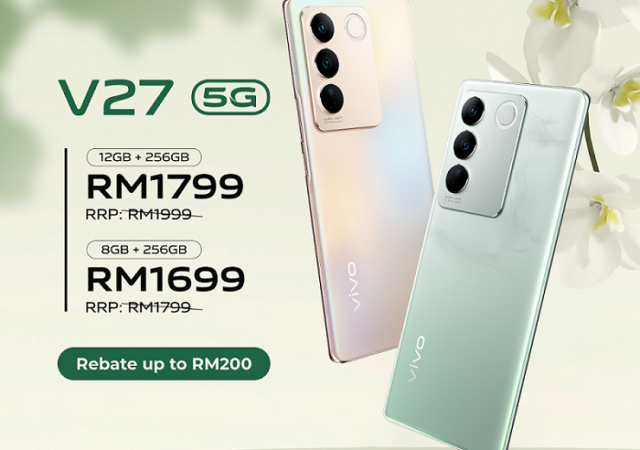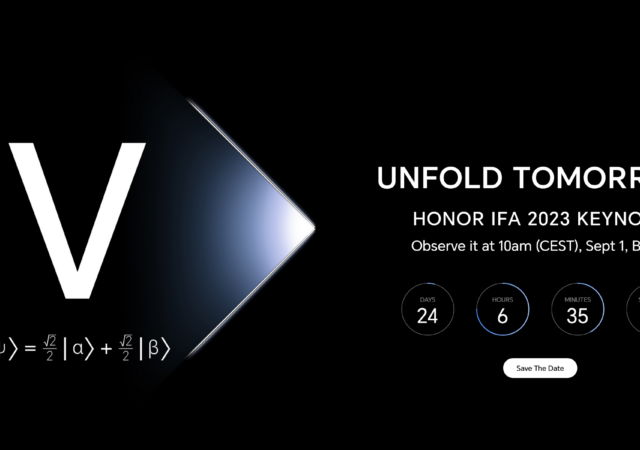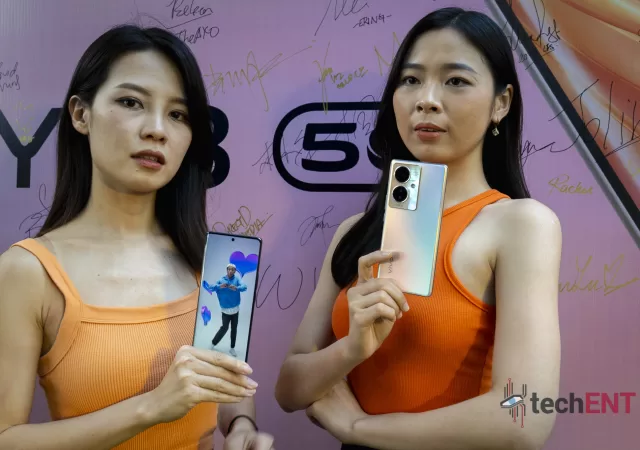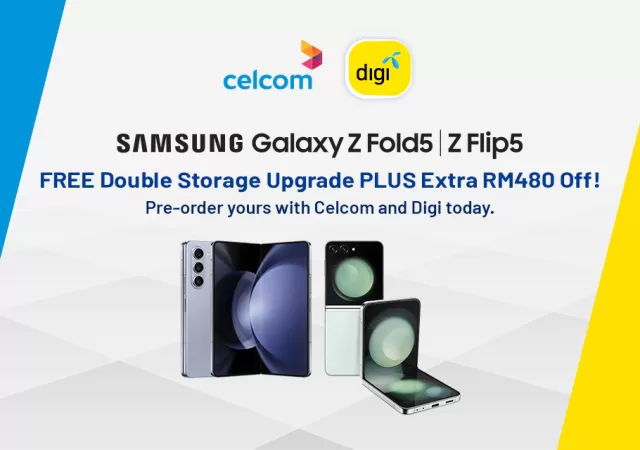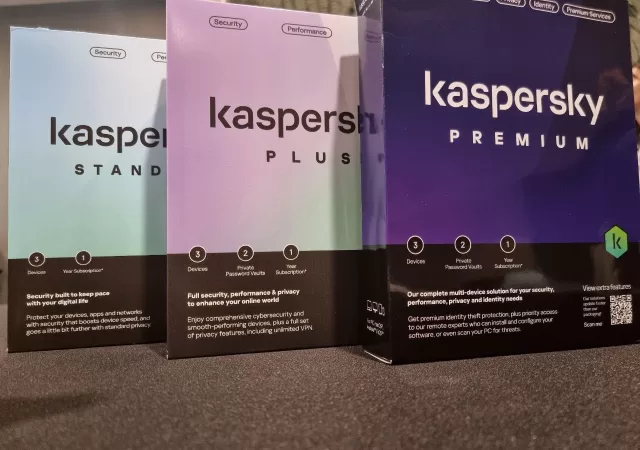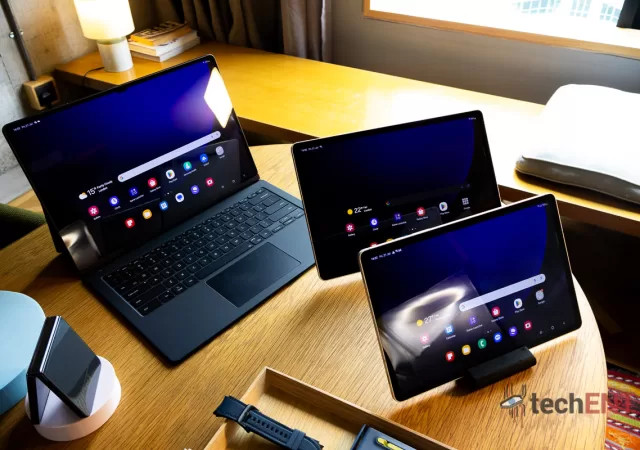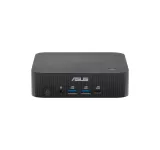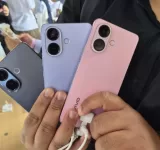OPPO’s next foldable smartphone is set to debut on August 29 2023 in China with the company’s next wearable in tow!
realme Celebrates 5th Anniversary with New Offerings
realme is finally hitting its 5-year milestone this coming 28 August. To mark this special occasion, the brand is introducing its 5th Anniversary Leap Up Products, aligned with their new brand focus: ‘Leap Up’ which encapsulates the brand’s drive to…
vivo Celebrates Merdeka with Rebates up to RM200
We’re only midway through the Merdeka month, and many brands are already celebrating with of promotions and sales. vivo is certainly not missing out on the festivities as they are giving special rebates of up to RM200 for the vivo…
Huawei Embraces the Merdeka Spirit with Special Offers
This Merdeka month, Huawei is joining in on the celebration with an array of exciting offers on their smartphones and devices.
Honor Prepares to Unfold Tomorrow on September 1, 2023
Honor announces IFA 2023 keynote with a tease for what’s to come. Can you make sense of the math on the teaser?
Flip Out with the Galaxy Z Flip5 & Galaxy Z Fold5 in Flip Town!
Samsung is cooking up something in the vibrant Golden Triangle…and has unleashed Flip Town! From now until 31 August, visit Flip Town to try out the latest Galaxy Z Flip5 and Galaxy Z Fold5 before they hit the stores! To…
vivo Launches the Y78 5G in Malaysia for MYR 1,399 – Flagship Parts, Entry-Level Price
vivo launches their new budget champion, the Y78 5G smartphone at MYR 1,399 packing 64MP camera, 5,000mAh battery and 120Hz AMOLED display.
Pre-Order the New Samsung Galaxy Z Fold5 and Flip5 with CelcomDigi
CelcomDigi announces preorders for the new Samsung Galaxy Z Flip5 and Z Fold5 smartphones!
Kaspersky Redefines End-Point Protection – Go Standard, Plus, or Premium
Kaspersky introduces their latest end-point cybersecurity solution – the Standard, Plus, and Premium protection plans.
The Samsung Galaxy Tab S9 Streamlined for Productivity & Creativity
Samsung unveils its Galaxy Tab S9 series of tablets with improved features for productivity on the go and a seamless Galaxy ecosystem experience.



